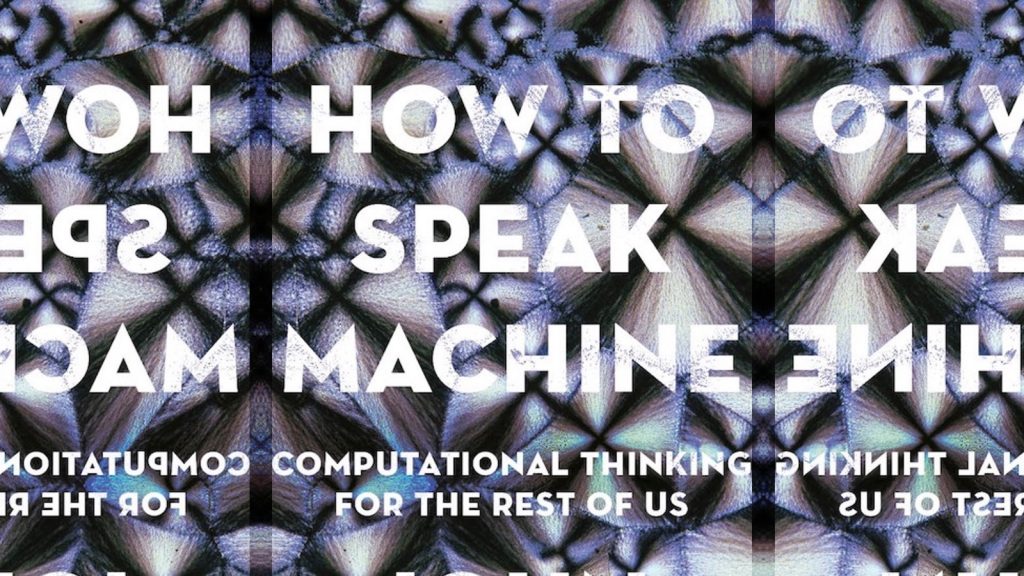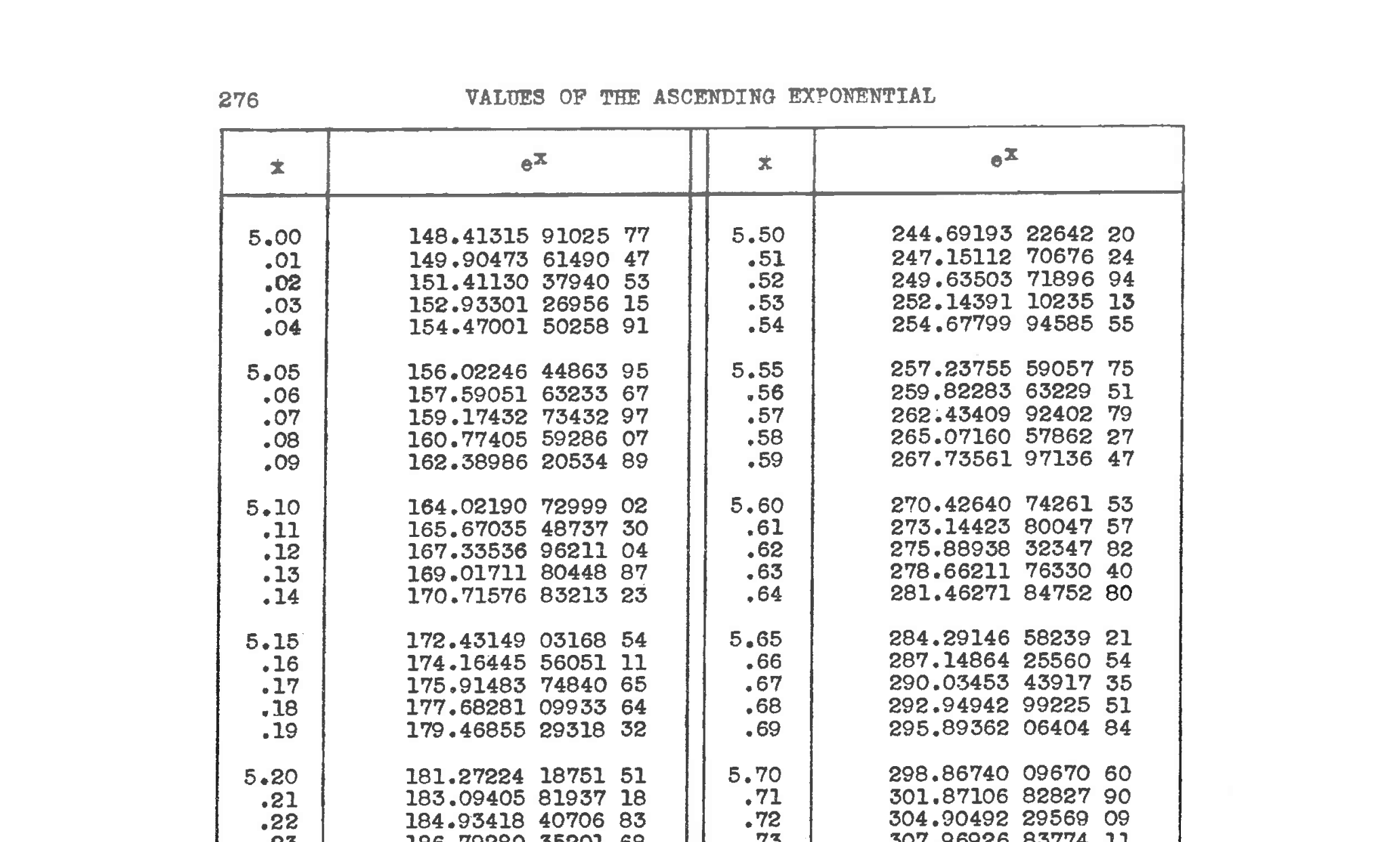Excerpt from Chapter 4 in “How To Speak Machine” via Fast Company
The very nature of business is being transformed by the cloud. In a world where products are no longer finished before they reach users, and incremental improvements are regularly deployed, the relationship with a consumer shifts from buying a product once (owning it) to paying a fee to use it for a set period (renting it). Whereas in the past we might have paid a few thousand dollars for a “finished” piece of software on a CD-ROM, we now pay a few dollars per month for regular access to a cloud-based service.

This shift to a recurring revenue model, or subscription business, has many advantages, which include scalability, predictability, and high customer engagement. You’re never making a final sale—and you’re relying instead on regular income through subscription fees. To illustrate this difference, it’s like the distinction between dating and being married: when dating you always want to have your game on, but after getting married you might start taking your mate for granted and get a little lazy. When you’re always “dating” your customer, it’s critical to constantly please them, especially when they’ve come to the end of their subscription period and it’s time to re-up.
The average consumer is now less often the stereotypical nerd of yore, and instead could be someone’s hip over-seventy parent, an iconic reality TV star who’s never used a spreadsheet before, or a teenager who sits at the athletes’ table at lunch instead of the mathletes’ one. A purely functional approach is no longer enough, and instead a richly experiential one has become table stakes because of the relatively new premium standards that have been set by mass market devices and services—think Apple and Instagram.
The minimum viable product (MVP) approach is the minimal or “lean” way to give consumers what they want without it necessarily being a fully realized idea. Given how the cloud works and its unprecedented ability to test incomplete ideas, the MVP approach has become the dominant methodology for pushing ideas out into the world. Although the definition of “viable” is debatable and rightly in the eye of the beholder, because the folks who actually build software systems usually come from an engineering background where “V” will signify being reliable and having as few defects as possible. They want to build a bridge that won’t spontaneously collapse—why bother adorning it with a beautiful floral pattern if it can’t withstand the weight of more than one vehicle?
A techie might be fine with a rough, purely functional experience, since their tolerance for discomfort is already high to begin with. But the general population has grown high expectations for their apps, so it’s become important to redefine “viable” as needing to grant a degree of comfort and a modicum of delight. A professional test pilot in an experimental aircraft doesn’t need a cozy place to sit, whereas a passenger on a commercial jet will expect a pillow and a soda—preferably the whole can. To make this point clearer in an MVP-ridden world of computational products that are missing creature comforts, I like to use the term “MVLP,” where the “L” stands for “lovable.”
Why? Because it’s easy to forget that we’re making viable experiences for more than just technical people who prize reliability and efficiency above all. I like to throw in the “L” to remind ourselves that, whether we think we’re dating or married to the customer, we still need to play a flirtatious game to keep our relationship solid to remain in business with them.
The art and science of design is fundamentally tied to the Japanese philosophy of aichaku (AYE-chaw-kooh), literally “love-fit.” This design word describes that special connection to something in your environment that fits your life so perfectly that you are immediately bonded to it. Being able to frame the construction of lovable, desirable experiences as proximate to the goals of making scalable, robust computational machinery is no longer just a “nice-to-have”—it’s now a “need-to-have.” Brokering this connection between the Temple of Tech and the Temple of Design is something I’ve been doing for most of my lifetime.
A few technology companies have benefited from the practiced vision of people who understand the psyche of software engineers and who have managed to convert that creative energy into experiences that any human being can love without the Temple of Design’s help. So, departing from the usual design success example of Steve Jobs, I like to point to the early work of former Yahoo CEO Marissa Mayer, back when she was VP of search products and user experience at Google. Mayer went in the exact opposite direction from prevailing approaches to visual design on the web by focusing entirely on the time it took for information to get from Google’s cloud onto your machine.
In 2006, Mayer asserted that users “really respond to speed,” pointing out how reducing a Google search from 100 kilobytes down to 70 kilobytes led to a material increase in traffic. Place this in contrast to what was at the time the natural inclination to want to deliver a “designed” experience with many full-screen photographic images and other bells and whistles. I attribute the brilliance of Mayer’s strategy to Google’s newfound position of design excellence, which is rapidly approaching Apple’s, even though most celebratory articles largely misunderstand or omit Mayer’s seminal contributions.
Mayer took something that engineers could understand and measure and then used Google’s in-house expertise to ruthlessly pursue an experience that could be delivered quickly. This is not unlike what the McDonald brothers achieved when they figured out how to deliver a tasty burger at breathtaking speed with their Speedee Service System. They managed to address a fundamental experiential constraint lying at the foundation of well-designed experiences, which I highlighted as the third law in The Laws of Simplicity: Savings in time feel like simplicity.
Sign up for the #CX Briefing with no more than 2019 characters, zero images, and all in plain-text.
As a small courtesy the 2019 #DesignInTech Report PDF link and the 2018 #DesignInTech Report PDF link will be sent to you soon after you sign up! —@johnmaeda
Google’s ability to deliver experiences with the right choice of engineering perspective strikes me as truly foundational to their product. Although this early approach often became conflated with a minimalist design approach of “less is more,” or with just a nerdly bias, it’s way more than that. It’s the recognition that the “L” in MVLP needs to be taken seriously at the engineering level from the start, because everything depends upon computation. And so Google’s selection of speed as a design attribute stood at the rare intersection of what could be loved by both engineers and nontechies, because when a web page loads quickly, it qualitatively feels divine. And once the technical challenge of achieving speed was mastered by Google, they smartly broadened their “L” approach to include nonengineering attributes such as beautiful, highly compressed imagery such as what is often featured on their home page.
The lovability of an MVP for nontechnical people can only be made possible by bringing businesspeople and designers early into the inception and construction of digital products of any scale. To slap on a business model to a finished computational machine is no longer a winning strategy; by the same token, spraying design all over it after it’s done is a reliable way to lose. An integrated approach is necessary: one that appreciates what developers love to make happen—that is, bridges that don’t fall down—in service of consumers who can pay a fair price for an experience that achieves a satisfying aichaku-style fit.



